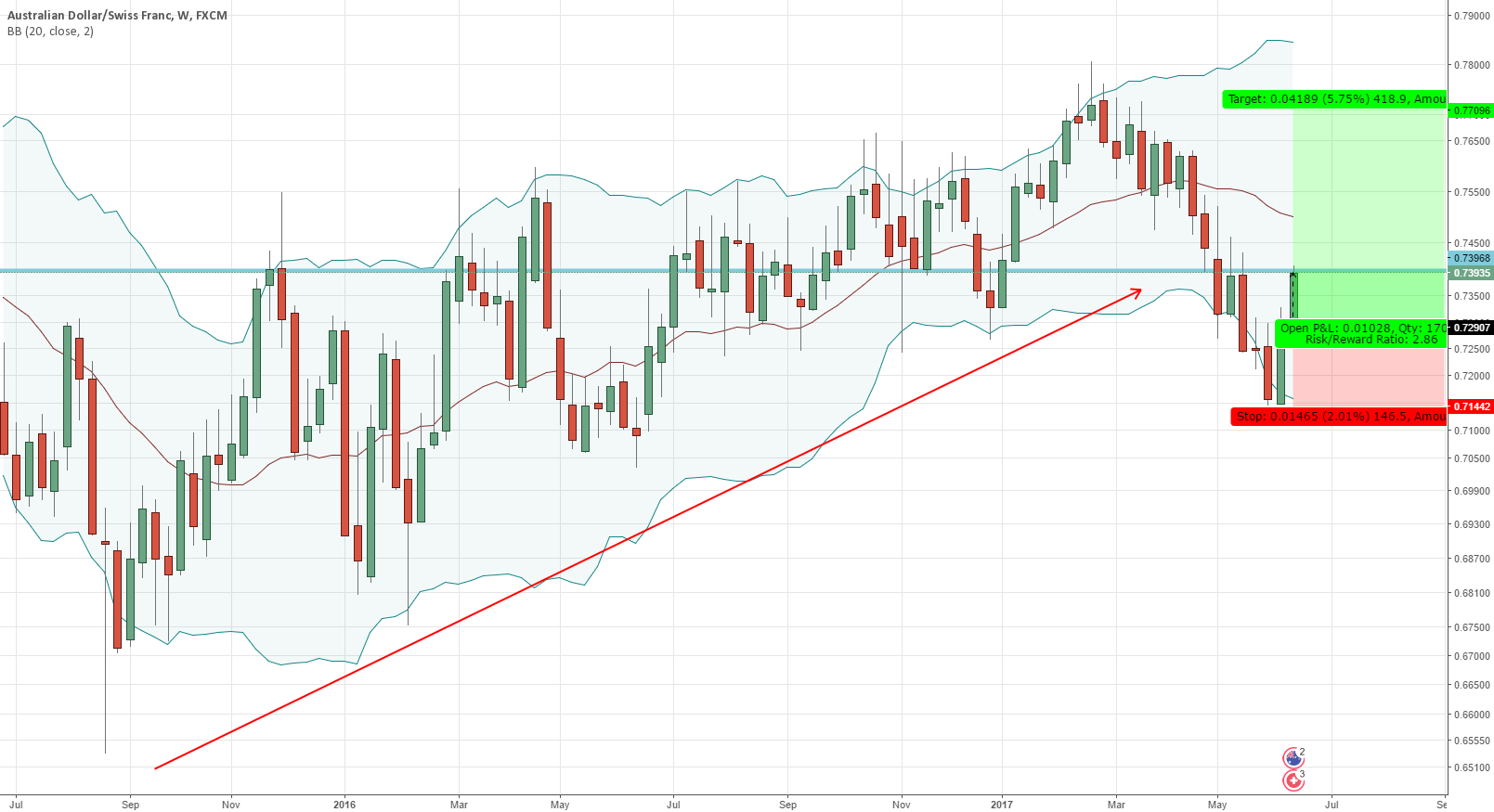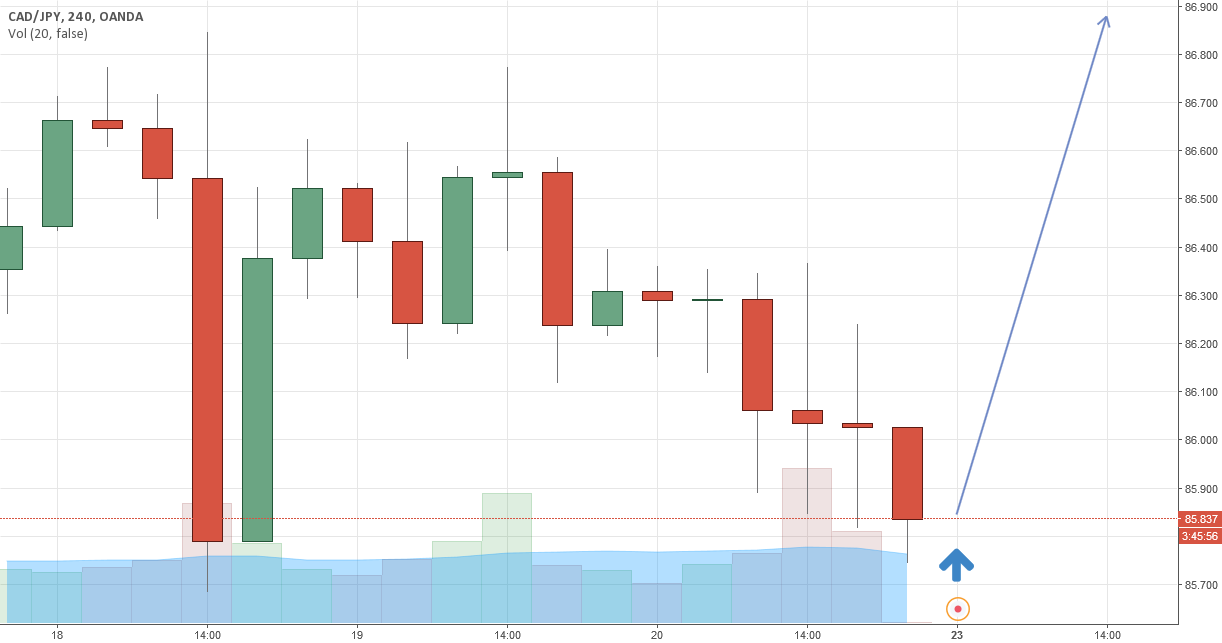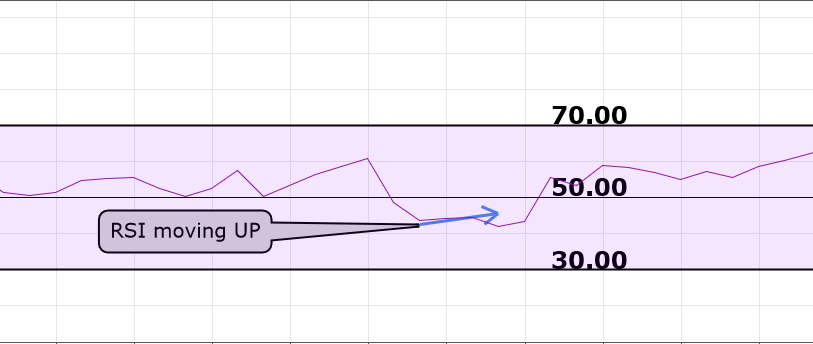
In this article you will find how to use Bollinger bands in day trading. This strategy uses two of the most popular trading indicators in the market, Bollinger Bands and RSI. They are used to simply find a bounce in the main trend.
If you are looking for Bollinger band trading strategies that work, you will want to pay special attention.
This particular strategy teaches you how to read Bollinger Bands and Bollinger Bands signals. You will also learn about bollinger band tightening, double bollinger band strategy, bollinger band secrets, and more. We also have training for the ADX Indicator .
Something would look like this:

How to use the Bollinger Bands indicator
Bollinger bands are well known in the trading community. You can get a great Bollinger band formula with a simple trading strategy.
They were created by John Bollinger in the early 1980s. The purpose of these bands is to give you a relative definition of high and low. So, in theory, the price is high in the upper band and then low in the lower band. Bollinger Bands consist of three different lines. Upper, middle and lower bands. The middle band basically serves as the base for both the top and bottom.
They are mainly used when determining when there is an overbought or oversold level. Sell when the price touches the upper band and buy when the price touches the lower band.
The distance between the lower, upper and middle bands is determined by the volatility. The middle band consists of a 20-period moving average. Above and below are two standard deviations below and above the moving average in between. The standard deviation is a statistical measure that provides a large reflection of price movements.
When you see the band expanding it simply means there is volatility at that time. When the price moves very little, the band narrows which means there is less volatility.
I like to use this trading strategy using 1 hour or 4 hour time chart. You can adjust to the trader’s style. But for the example I will show you will use 4 hour and 1 hour time charts.
Before we start looking at the rules of the strategy, let’s take a look at Bollinger bands. Let’s see how they will look on the chart if you have not used this type of indicator in the past:

After examining the picture, it seems wise to buy every time the price touches the lower band. Or, on the other hand, sell every time the price touches the upper band. This can technically work but is a risky way to trade using Bollinger Bands. Sometimes strong trends will drive these bands and eventually stop many unfortunate traders from using that strategy. This is why we are using the RSI to help confirm and trade the bounce rate of an upper or lower band. Also, read about how bankers trade in the foreign exchange market .
The RSI is used in this strategy to see how a currency is weakening or strengthening. (Click here for another RSI trading strategy article) .
These indicators should be standard on your trading platform. No need to adjust these, as we will be using the default settings. Here you can learn about How to fade momentum in Forex Trading .
I would suggest drawing a horizontal line at 50.00 in the RSI before starting. You will find out exactly why soon.
Trading Indicators used with Bollinger Bands Exit Trading Strategy:
- Bollinger Bands (20, 2)
- RSI (Relative Strength Index) (14)
How to buy low and sell high
In theory, the Bollinger Bands should contain all trading activity that occurs within 2 standard deviations of the expected norm (trendline).
This means that about 90-95% of the price movement will happen in this range.
Bollinger Bands traders are looking for resistance and support cases. Support cases occur when demand has become concentrated and a downtrend can lose momentum. On the other hand, cases of resistance occur when an uptrend is condensing and is likely to reverse down in the near future.
Bollinger bands make it easy to buy low and sell high. Traders will open a position when the trendline is near the bottom of the Bollinger Bands. Traders will need to close a position when the trendline reaches the top of the range.
Rules for Bounce Band Band Trading Strategy
* To simplify, I will use the same example (4 hours GBPUSD chart) for each of these rules. This transaction will be a SHOPPING transaction. The rules are the same concept just the exact opposite for a SELL transaction. The currency is in an uptrend and then it will pull back to the lower Bollinger Bands. From there, if it follows the rules, we execute the transaction.
Rule #1: Find a currency that is in an Uptrend/Downtrend.
Finding a trending market is very simple. You can use price channels , trend lines, Fibonacci lines to identify trends. Find higher highs or lower lows and place a trendline above them. If the line is going up, it is an uptrend, if it is going down, it is a downtrend. It needs to be in an uptrend or downtrend, not a sideways trend.

Rule #2: The currency must fall back (from an uptrend) and touch or almost touch the bottom band.
When I say “Almost touch” an example like this

** Bollinger Bands Trading Tip: If it is more than 5 pips further then I wouldn’t consider this validated and I would wait for it to get closer to the bottom band.
As you can see in the example that the price has been descending, from the uptrend and touching the bottom band.

When the price touches the bottom or top band, look at the RSI for confirmation.
Rule #3: Once Price touches the lower Bollinger Band, look at the RSI and it will be between 30-50 and rising.

The price has touched the Bollinger Bands, the RSI (when the price touches the bottom band) needs to be between 50 and 30. If it’s not here, and let’s say it’s at 80, then you won’t care. to trade.
You want to see the RSI go up, in this case, in the direction of the trade. Remember it should be between 30-50. (In a sell trade, the RSI needs to be between 50-70 or less.)

Once you see this movement, you go ahead and look for an item.
Rule #4: After price touches the lower Bollinger Band and RSI is going up, make an entry when…
You can make an entry when you see a big STRONG M candle at the top, a consecutive reversal candle upwards, or you find a bullish pattern forming. You need to see that the trend is going up, in this case, before you enter a trade.
If the candles are moving to a point where it is making a new low, this would not be a good time to enter a trade. However, once the candle fails to make a new low watch to see if it forms a bullish formation. Here is an example of a master candlestick setup.
In this example, I moved down the one hour chart to make one entry. This is perfectly fine to do. This can give you a more precise place to make an entry point. As I said, the 4-hour and 1-minute timeframes are the preferred timeframes for this strategy. Yes, there are less opportunities for a trade, but the signals are strong when you are in the higher timeframe.

Rule #5: Stop Loss / Take Profit Target
Always remember to place a stop loss and have a good target area. With this strategy, we recommend using a 30-50 pip stop.

Your profit can be when the price touches other Bollinger Bands.
Conclusion
Bollinger Bands are a great indicator to use in any market. When you combine these with the RSI indicator , it will give you a great entry point. This is another strategy called Forex volume.
Something else you can consider is when the price touches the middle band. You can make a second entry to hit your winner. This has the potential to bring you double profits. With this strategy, we only use one trade that we made initially. But if your rules allow you to make multiple trades at the same time with the same currency pair, then you can consider adding a second position in the mid lane.








